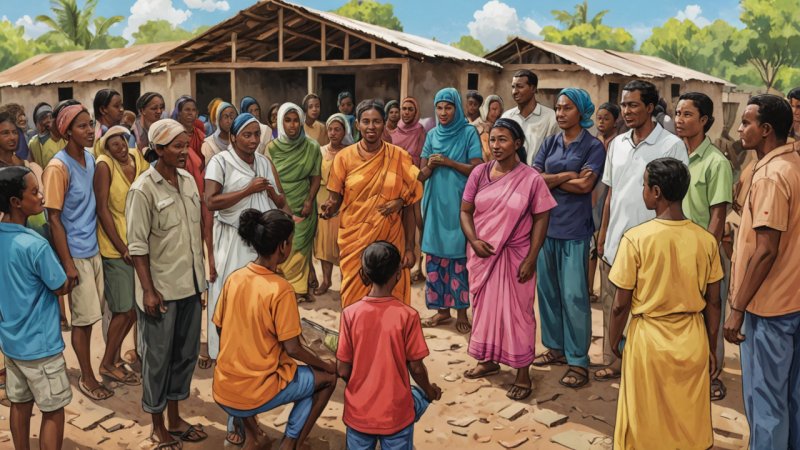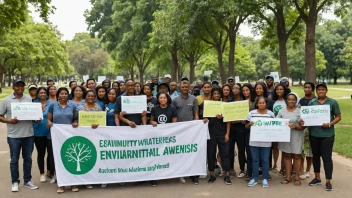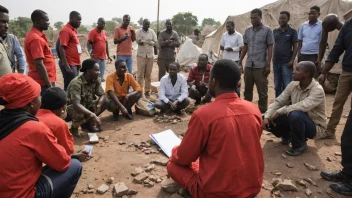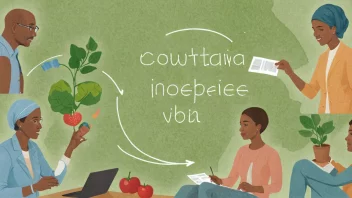Disaster relief efforts are critical in times of crisis, and how these efforts are implemented can significantly affect the outcomes for affected communities. Two prominent approaches to disaster relief are cultural competency and traditional methods. Cultural competency focuses on understanding and respecting the diverse backgrounds, values, and needs of affected populations, while traditional approaches often prioritize logistical efficiency and resource distribution. This article explores the pros, cons, and key differences between these two approaches, shedding light on their implications for effective disaster relief.
Understanding Cultural Competency
Cultural competency in disaster relief involves recognizing and integrating the cultural identities and practices of affected communities into the relief efforts. This approach emphasizes the importance of communication, trust, and collaboration with local populations.
Pros of Cultural Competency
- Enhanced Trust: Building relationships based on mutual respect fosters trust between relief organizations and communities, leading to more effective collaboration.
- Tailored Solutions: Understanding cultural nuances allows relief workers to design interventions that are more relevant and acceptable to the affected populations.
- Increased Participation: Engaging local leaders and community members can lead to higher participation rates in relief programs, ensuring that aid reaches those who need it most.
- Long-Term Impact: Culturally competent approaches can contribute to sustainable recovery by empowering local communities and respecting their autonomy.
Cons of Cultural Competency
- Time-Consuming: Developing cultural competency requires time and resources that may not be available in the immediate aftermath of a disaster.
- Risk of Miscommunication: Misunderstanding cultural contexts can lead to unintended consequences, such as alienating certain community members.
- Variable Acceptance: Not all individuals within a community may agree on cultural practices, leading to potential conflicts.
Exploring Traditional Approaches
Traditional disaster relief methods often focus on rapid response, resource allocation, and logistical management. These methods prioritize efficiency and may involve standardized protocols that can be implemented across various contexts.
Pros of Traditional Approaches
- Speed of Response: Traditional methods often allow for quicker deployment of resources, which can be crucial in life-threatening situations.
- Established Frameworks: Many organizations have developed tried-and-true protocols that can be adapted to different disaster scenarios.
- Resource Efficiency: Centralized distribution of resources can reduce waste and ensure that aid is provided where it is most needed.
Cons of Traditional Approaches
- One-Size-Fits-All: Standardized methods may overlook the unique cultural needs of affected communities, leading to ineffective aid.
- Potential for Distrust: Rapid interventions without community input can foster distrust and resentment among local populations.
- Short-Term Focus: Traditional approaches may prioritize immediate relief over long-term recovery, undermining sustainable development.
Key Differences Between Cultural Competency and Traditional Approaches
Focus and Priorities
Cultural competency prioritizes understanding and integrating cultural contexts, while traditional approaches focus on logistical efficiency and rapid response. This fundamental difference influences how aid is delivered and received.
Community Engagement
Cultural competency emphasizes collaboration with local communities, seeking their input and participation in relief efforts. In contrast, traditional methods may operate independently of local knowledge, potentially leading to misaligned priorities.
Long-Term vs. Short-Term Impact
Cultural competency aims for sustainable recovery by empowering communities, whereas traditional approaches often concentrate on immediate needs, which may neglect the importance of long-term development.
Conclusion
Both cultural competency and traditional approaches have their merits and limitations in disaster relief. While traditional methods offer speed and efficiency, they risk overlooking the unique needs and contexts of affected communities. Conversely, cultural competency fosters trust and collaboration but may require more time and resources. Ultimately, the most effective disaster relief efforts will likely integrate elements of both approaches, recognizing the importance of cultural understanding while maintaining the ability to respond swiftly to emergencies. Relief organizations should strive to adopt a balanced strategy that respects local cultures and addresses immediate needs, ensuring that disaster relief is both effective and compassionate.






